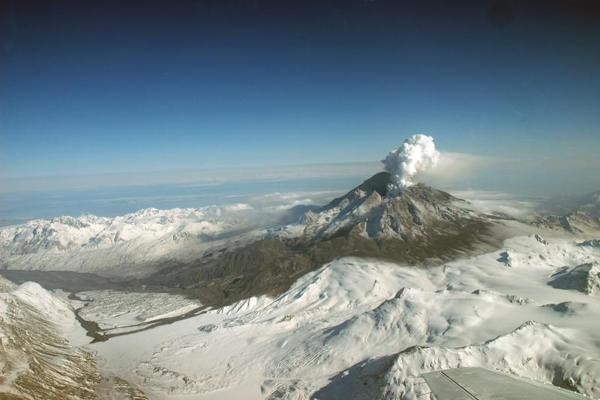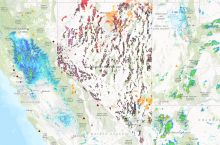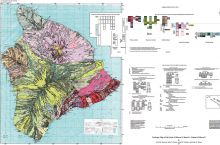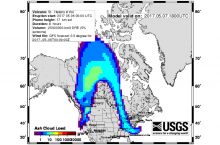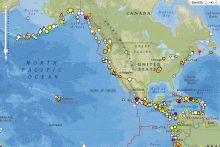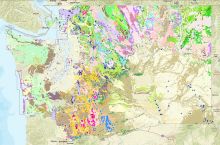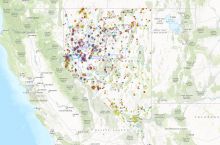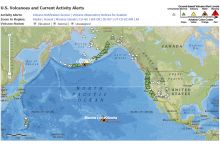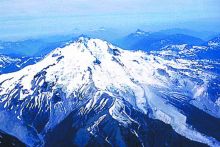Volcanoes pose many hazards to their surroundings, from ashfall, mudflows, lava flows, landslides, and associated earthquakes. At least 54 of the United States' 169 active volcanoes pose major threats to public health and safety and to major industries such as agriculture, aviation, and transportation.
Basics
An explosive volcano can devastate its local area with mudflows, lava flows, and avalanches of hot rock and gas. Mudflows from ice-clad volcanoes like Mt. Rainier can travel tens of miles from the volcano. Some volcanic hazards, such as ash fall, can even impact areas hundreds of miles away. While it is not possible to forecast the exact time and place of an eruption, volcano monitoring is important in order to detect changes in a volcano's activity and provide warning of potential eruptions. Read more

